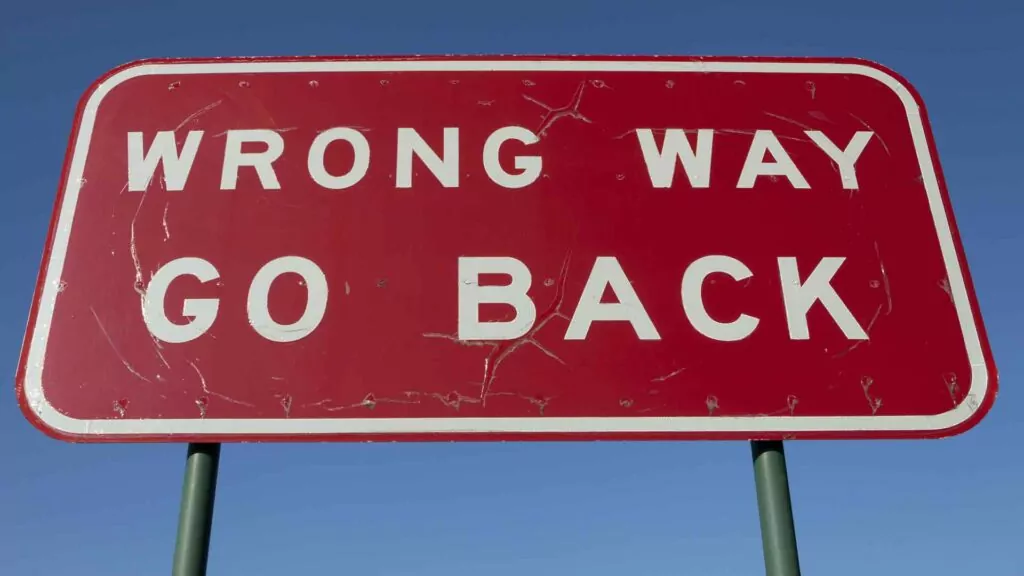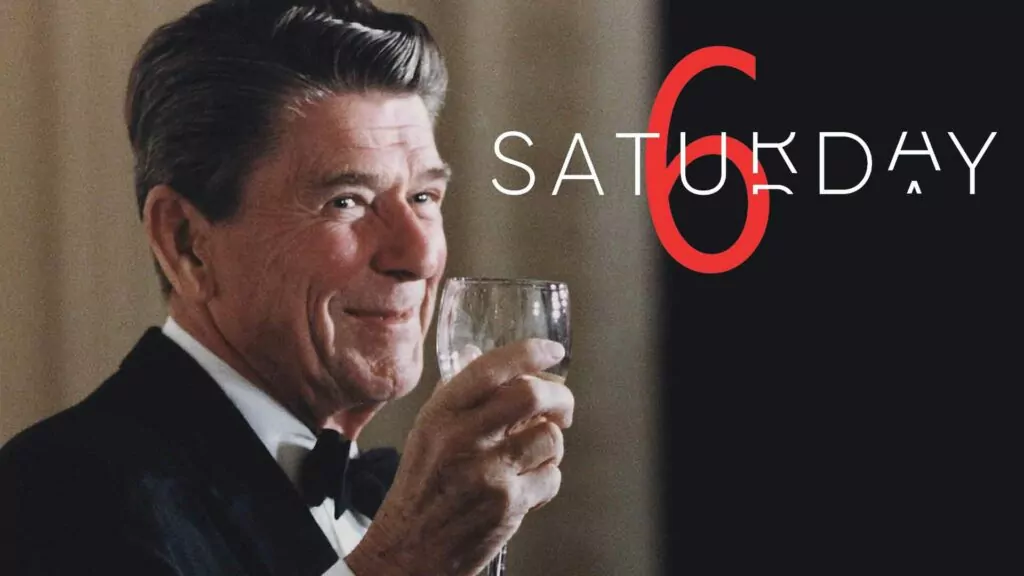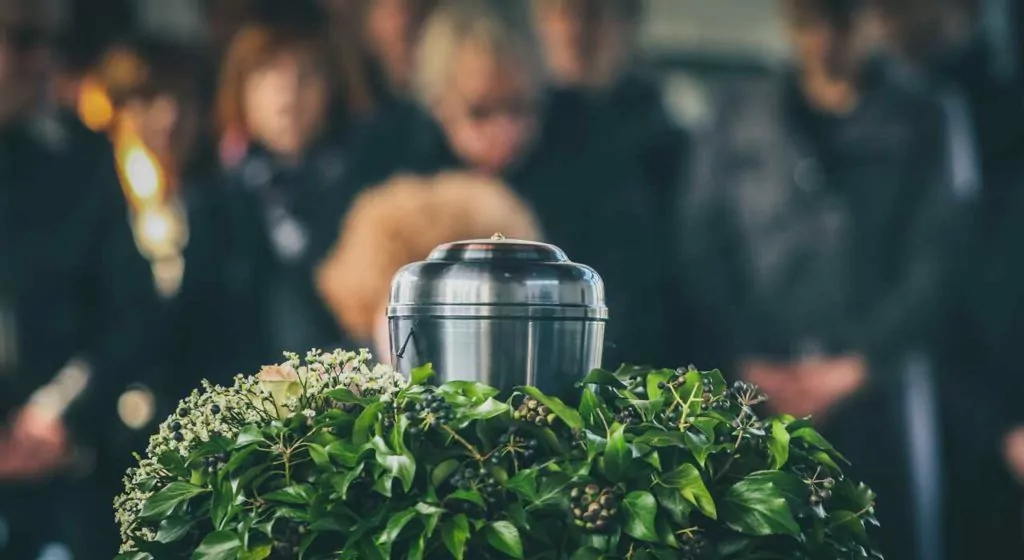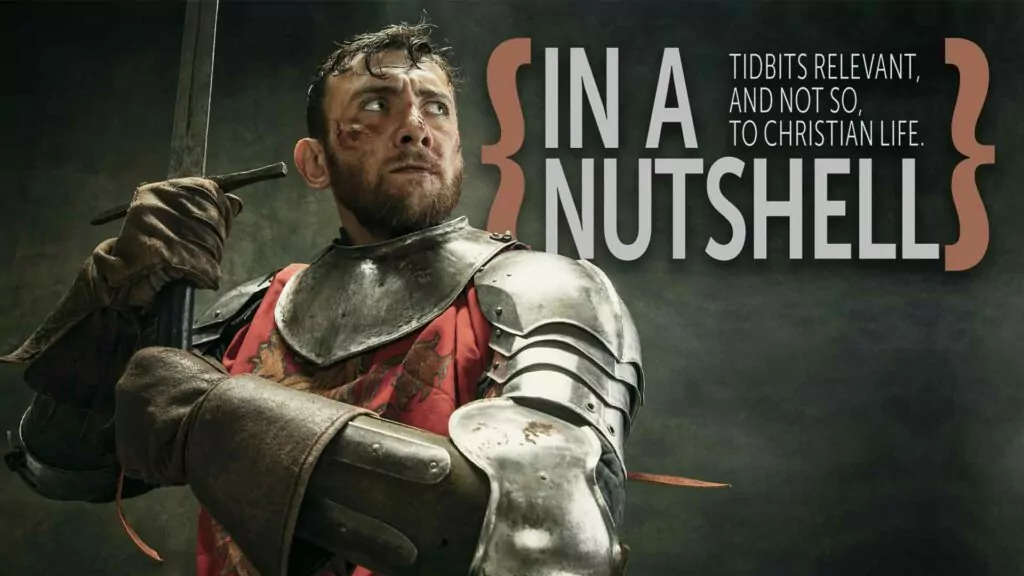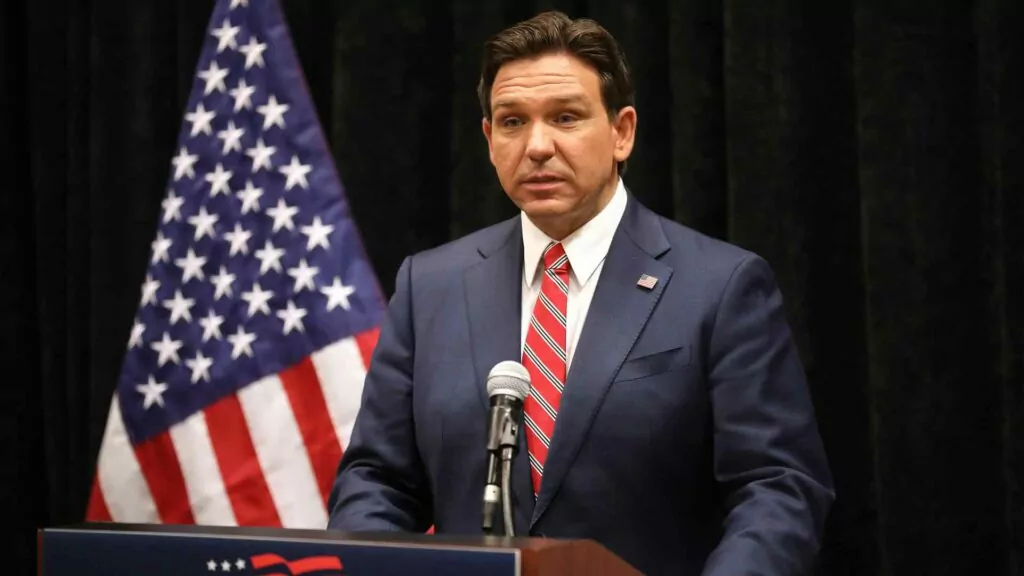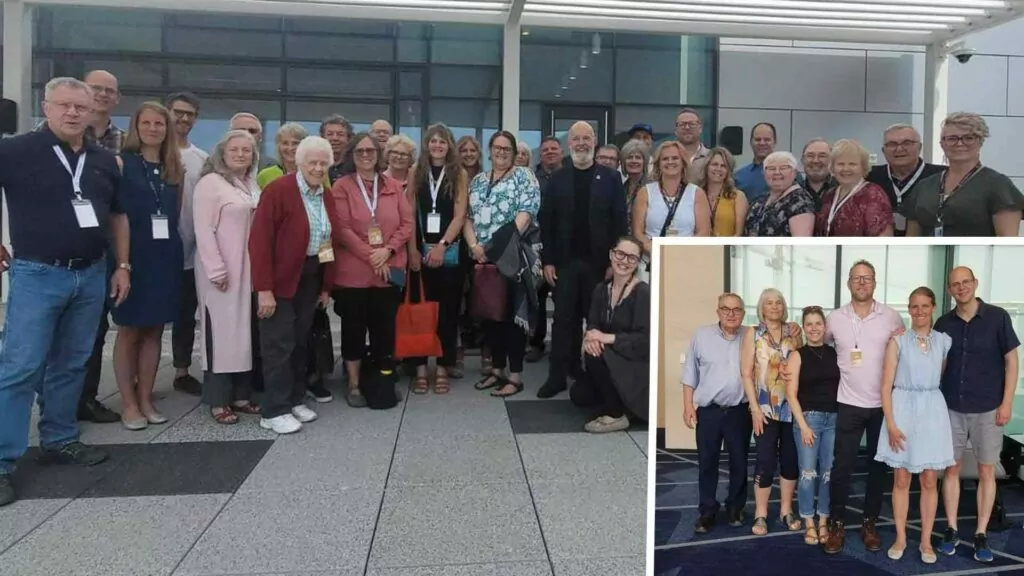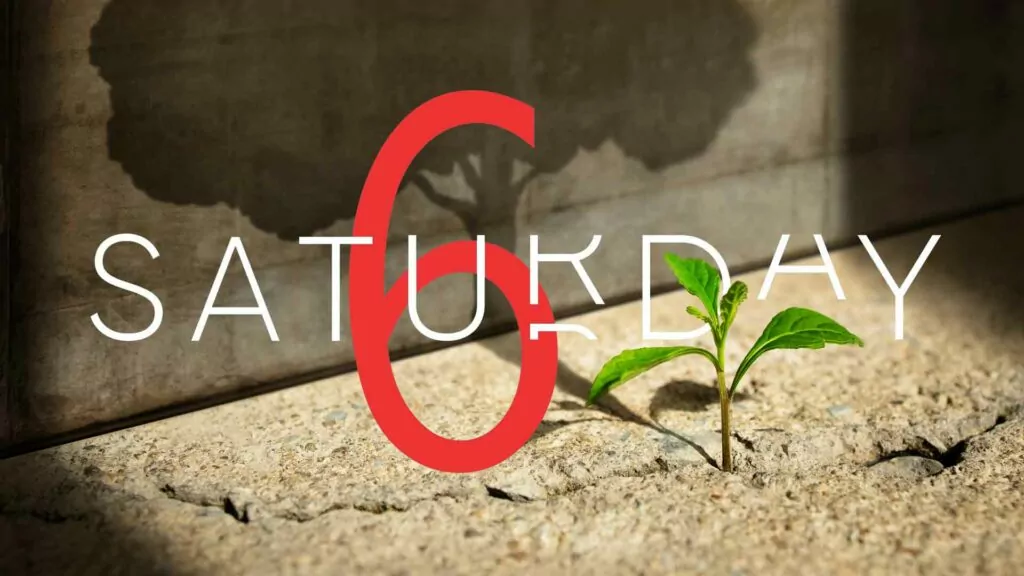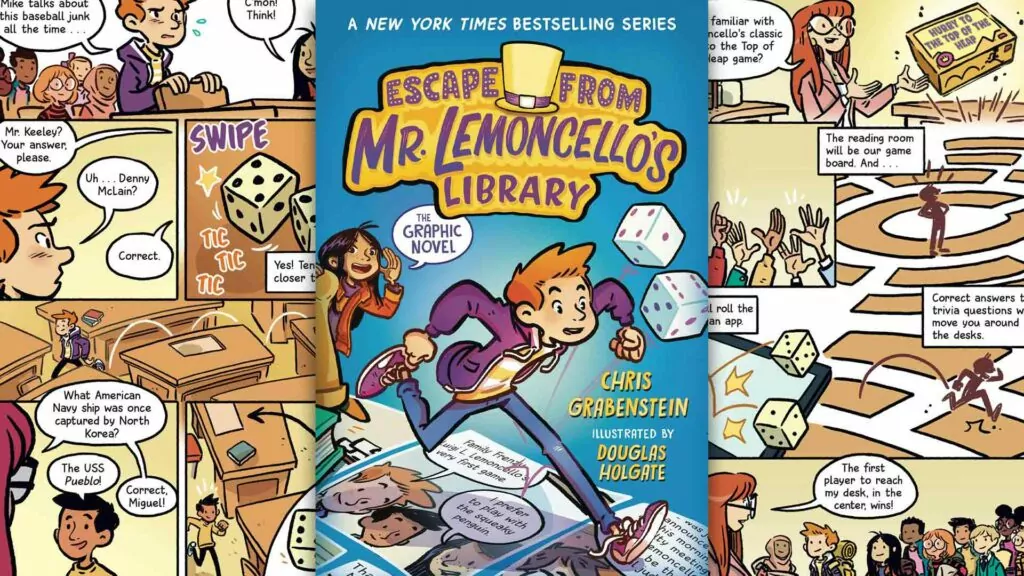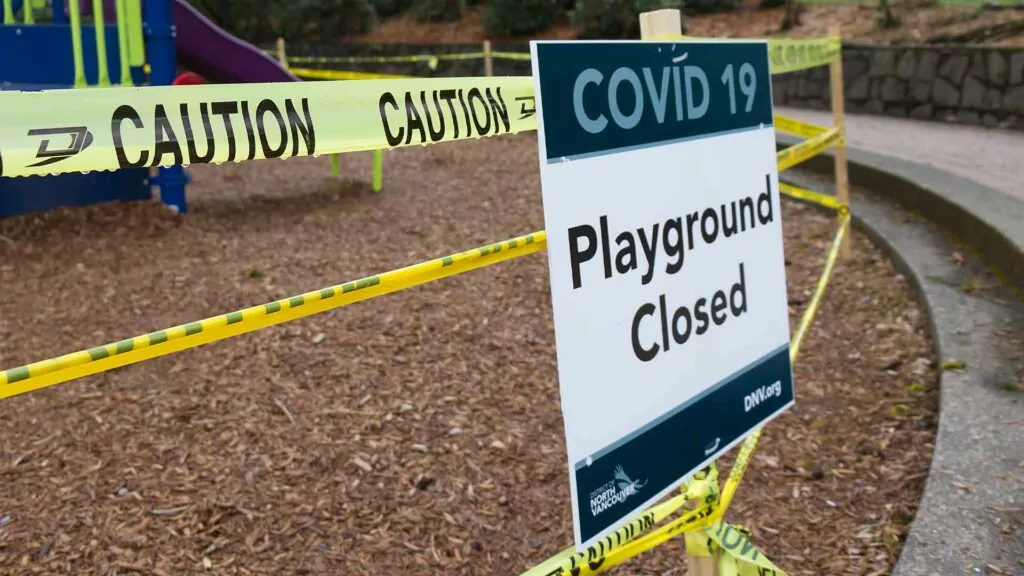
News
BC finally declares Covid emergency is over
Fired healthcare workers can now apply for work
*****
Over four years after declaring a public health emergency over Covid-19, BC’s provincial health officer has finally announced that the emergency is over. The July 26, 2024 announcement means that the remaining restrictions, as well as the vaccination requirement for healthcare workers, are lifted.
But instead of explaining why BC maintained the “emergency” far beyond the rest of the country and continent, the NDP government devoted the majority of its announcement to explaining a new vaccine registry that it has created, requiring healthcare workers to disclose their immunization status.
About 2500 healthcare workers lost their jobs in BC because of their unwillingness to support the government’s vaccine mandate. The announcement noted that they now have permission to apply for healthcare positions.
Dr. Matt Dykstra, who owns a family practice and has 1,500 of his own patients in Smithers, BC, wasn’t willing to sign a statement, printed in the local paper, of unconditional support for the vaccine and other pandemic-related public health measures. Later, as a result of the mandate, he was forbidden to practice in any publicly-funded healthcare facility, including the local hospital, maternity ward, and extended care homes. In response, he helped form the Canadian Society for Science and Ethics in Medicine (CSSEM), which launched a judicial review, asking a judge to review the reasonableness of the public health order.
After hearing Dr. Bonnie Henry’s announcement, Dr. Dykstra shared that on the one hand he is excited and thankful to get back to work using “the full breadth of my skills.” But he also can’t deny that it would be easier to do so if Dr. Henry’s announcement included some sort of acknowledgment of the harm and hurt that the government’s decisions caused. “An apology would help,” he shared, but he knows it isn’t really about him.
“Ultimately, I'm going to work to serve the Lord and, very much, to serve my neighbors, my community, many of which are church people, many of which need a doctor, many of which rely on the emergency room being open."
Dr. Dykstra noted that he would have appreciated “some kind of explanation as to why BC was such an outlier” with its decision to maintain the health order for so long, when all other jurisdictions in North America welcomed healthcare workers back a long time ago.
He also worries that the message that Dr. Henry’s announcement gives to society is “I guess we can permit these guys to go back to work.” But that leaves some huge questions that she never answered publicly. “Was I, am I, a risk? Or was I ever a risk? At what point would I become an unacceptable risk again?”
Dr. Dykstra noted as well that there are multiple legal efforts still before the courts. Their CSSEM judicial review (with nurse Hilary Vandergugten, another Reformed believer, among those involved) is being appealed. He hopes that these cases are not deemed moot in light of the announcement.
“The major issues at play here are more than ‘can we go to work today?’ It's whether Bonnie Henry used adequate evidence, and if she didn't, then that caused a lot of harm that should be discussed.”
Reflecting on the past few years from a spiritual perspective, Dykstra notes that his prayers about it have changed significantly. “For a good while, I was praying that the mandate could be lifted and that the pain and suffering as a result of the mandate, would be put to bed.” He acknowledges that “the Lord answered my prayer, not in the way that I was asking Him to, but in a different way.” He was given:
“a tremendous sense of peace about it and about losing my job and I have been so blessed in going to work now with less anxiety and less fear than I used to, and I actually stopped praying for the end of the mandates. Not that I didn't want the mandates to end, but they just seem way less important.”
He also experienced great blessings that he wouldn’t have been able to have otherwise, including more time with his family, opening a drop-in clinic that was so desperately needed in the community, and being able to serve as an elder in his church.
“The Lord has brought me through that with great blessing,” he reflected.







